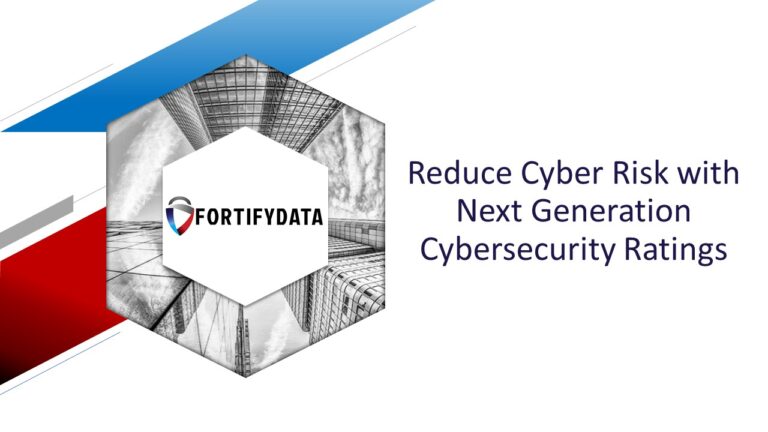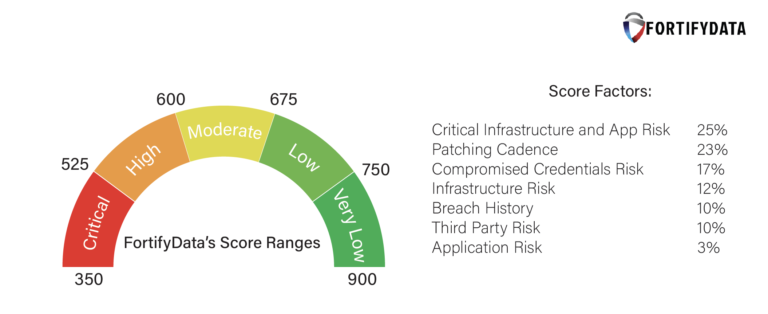
FortifyData Helps Riskonnect Reduce the Time to Assess and Onboard New Vendors by Over 33% Challenge Riskonnect was looking…
"This is an excellent starting point for any organization that wants to get serious about their cyber risk management. The system has the capability to grow as you become more sophisticated in your use"
IT Director
Services Industry
Security Ratings solutions have become a common solution for organizations to monitor their cybersecurity posture and that of their third parties. But many organizations aren’t happy with their current provider, and wonder: is it easy to switch between security ratings vendors? The short answer is: Yes, it is relatively straightforward to switch security ratings providers, but the process requires careful consideration and planning.
This article will guide you through the reasons for switching, the evaluation process, the actual transition, and potential providers to consider.
Switching a security ratings provider is a significant decision, and there are several reasons why an organization might consider making the move:
Additional Resources
Context based security ratings
Cybersecurity rating scale explained
What are security ratings used for?
How are security ratings created?
What is a good cybersecurity rating?
How do you improve your security rating?
Why is my security rating wrong?
What Kind of Company is BitSight?
Select What are the 5 C’s of Cybersecurity?
What is the Highest Security Rating?
What is the difference between SecurityScorecard and BitSight?
The Evolution of Cybersecurity Ratings and How They Can Boost Risk Visibility

When evaluating potential new providers, consider the following:
Switching a security rating provider involves several steps:
There are several reputable security ratings providers in the market that are Security Scorecard or BitSight competitors; two of the older security ratings providers. Some of the top ones to consider include:
When considering a new provider, it’s essential to align their offerings with your organization’s specific needs. What works for one company might not necessarily work for another.
Switching security ratings providers is a decision that shouldn’t be taken lightly. While the process is relatively straightforward, it requires careful planning and consideration. By understanding when to switch, how to evaluate potential providers, and the actual transition process, you can ensure a smooth transition. Remember, the goal is to enhance your organization’s security posture, so choose a provider that aligns with your needs and offers the best possible service.



| Cookie | Duration | Description |
|---|---|---|
| cookielawinfo-checkbox-analytics | 11 months | This cookie is set by GDPR Cookie Consent plugin. The cookie is used to store the user consent for the cookies in the category "Analytics". |
| cookielawinfo-checkbox-functional | 11 months | The cookie is set by GDPR cookie consent to record the user consent for the cookies in the category "Functional". |
| cookielawinfo-checkbox-necessary | 11 months | This cookie is set by GDPR Cookie Consent plugin. The cookies is used to store the user consent for the cookies in the category "Necessary". |
| cookielawinfo-checkbox-others | 11 months | This cookie is set by GDPR Cookie Consent plugin. The cookie is used to store the user consent for the cookies in the category "Other. |
| cookielawinfo-checkbox-performance | 11 months | This cookie is set by GDPR Cookie Consent plugin. The cookie is used to store the user consent for the cookies in the category "Performance". |
| viewed_cookie_policy | 11 months | The cookie is set by the GDPR Cookie Consent plugin and is used to store whether or not user has consented to the use of cookies. It does not store any personal data. |